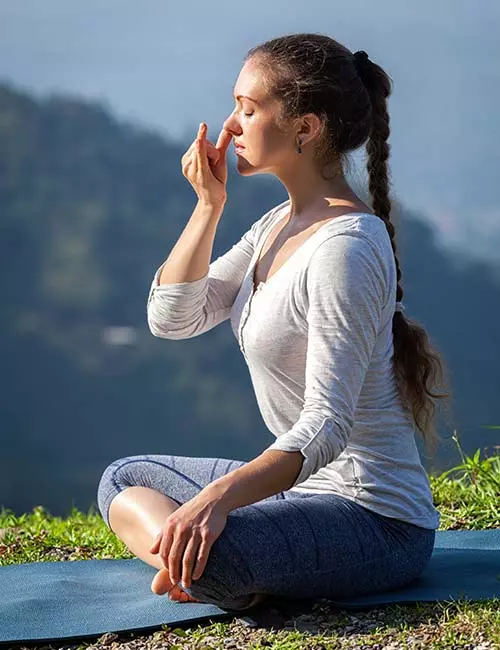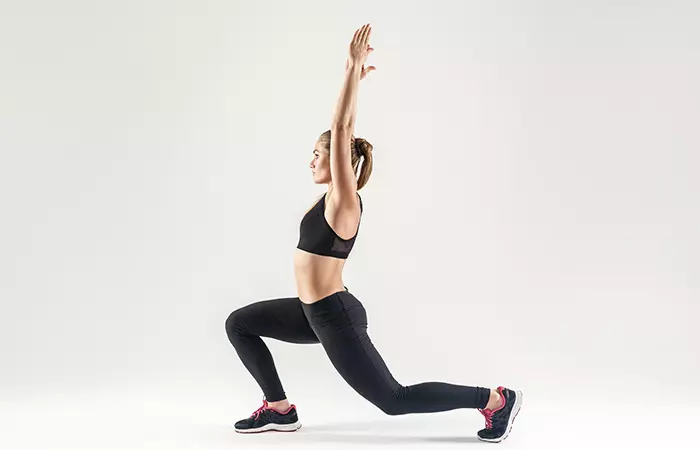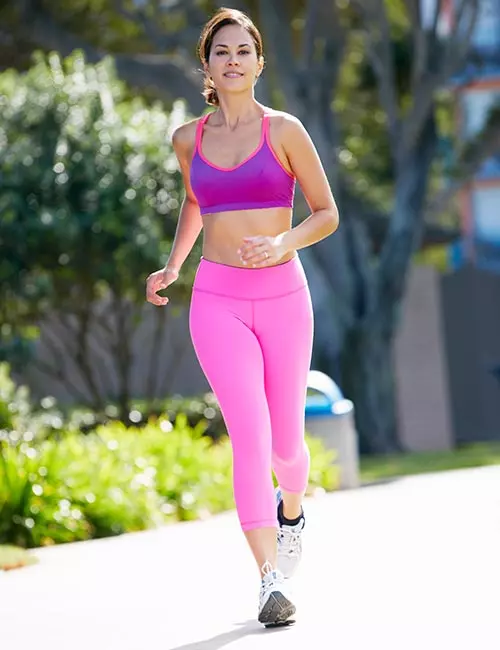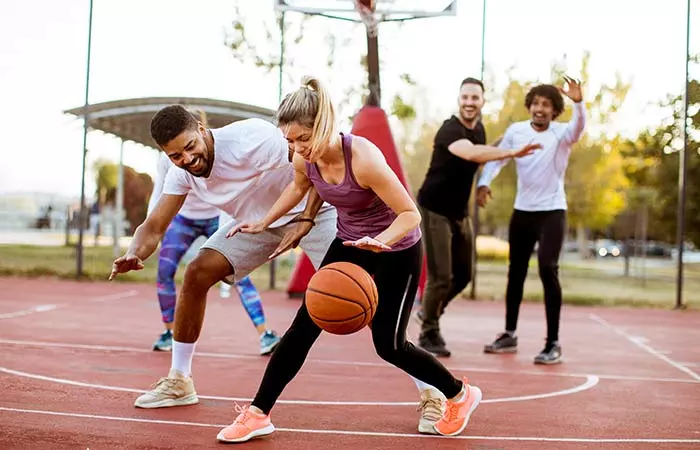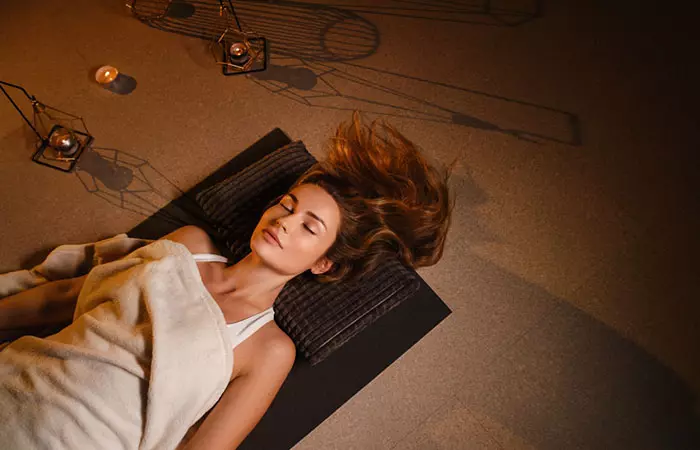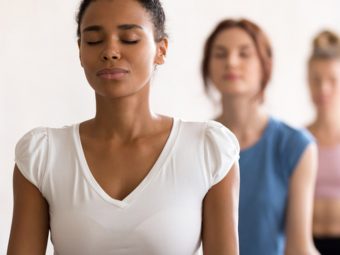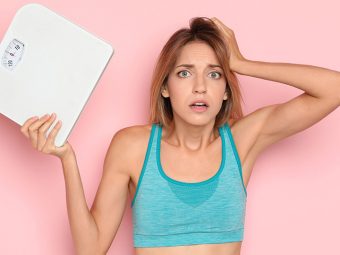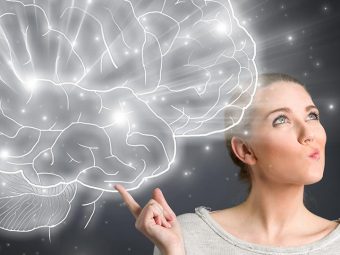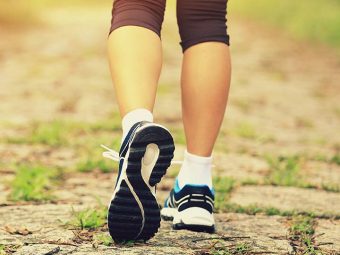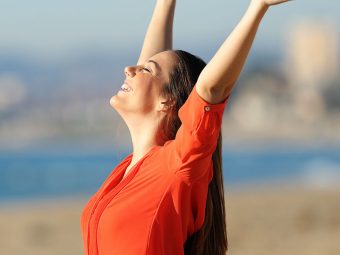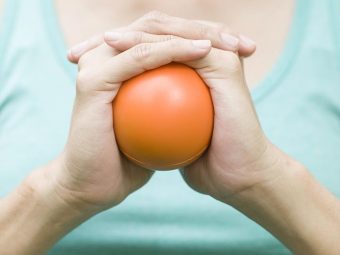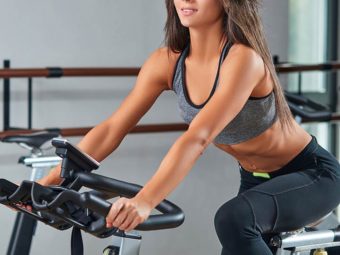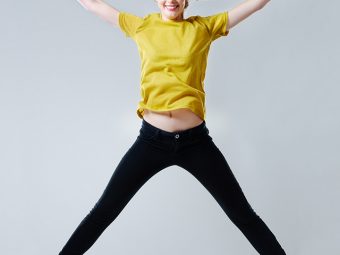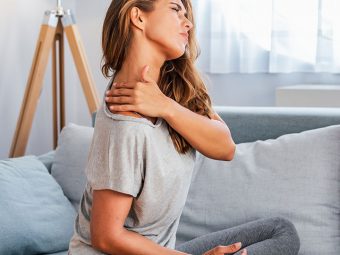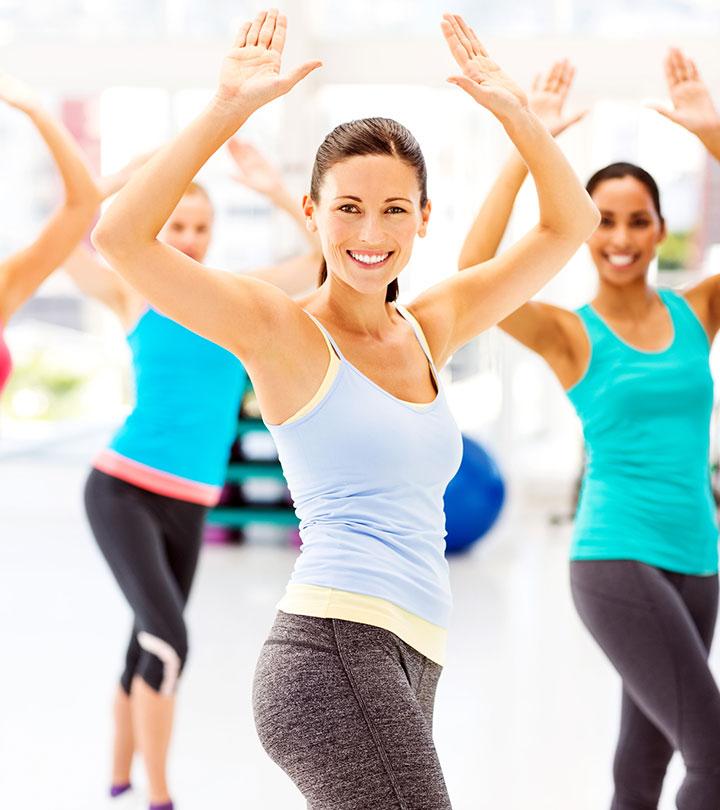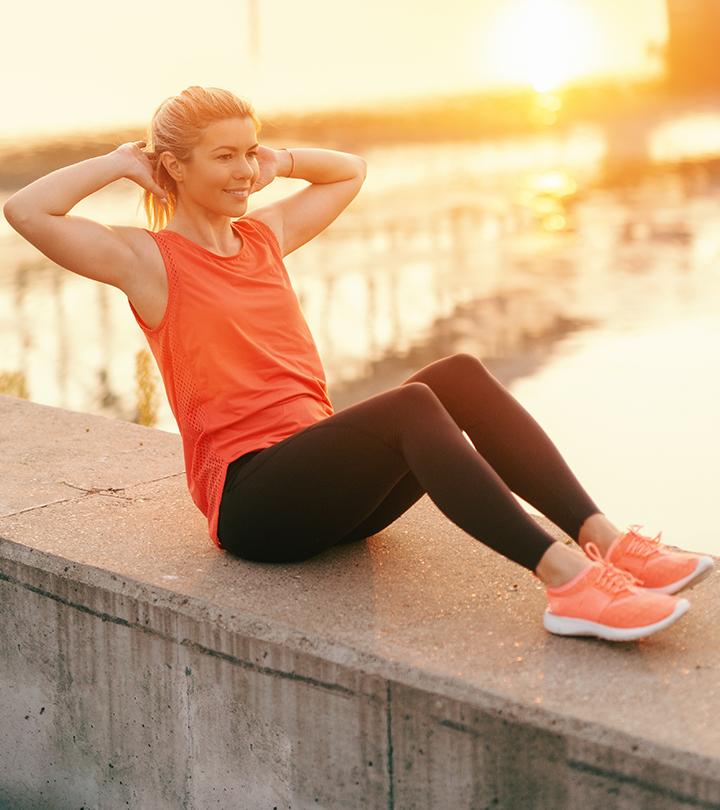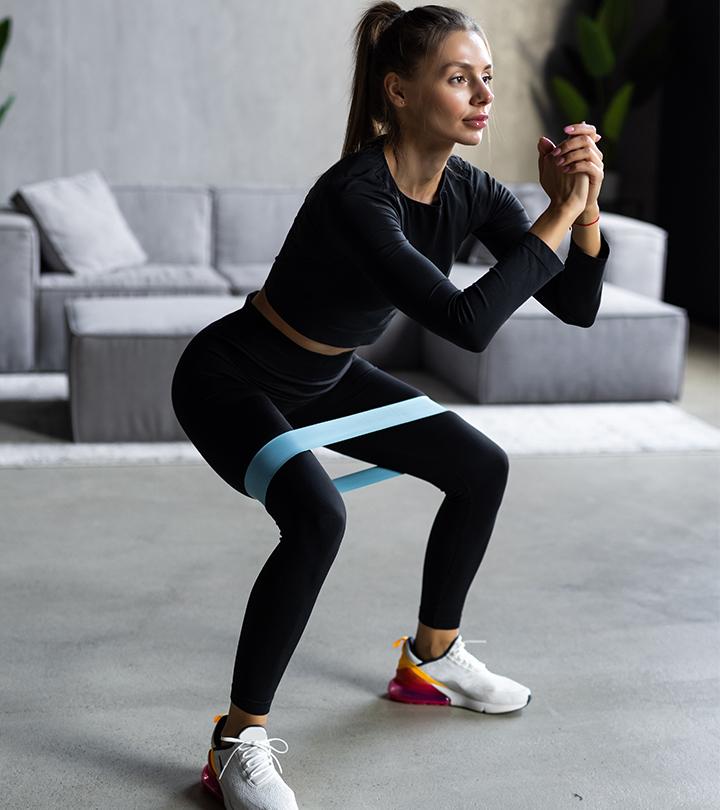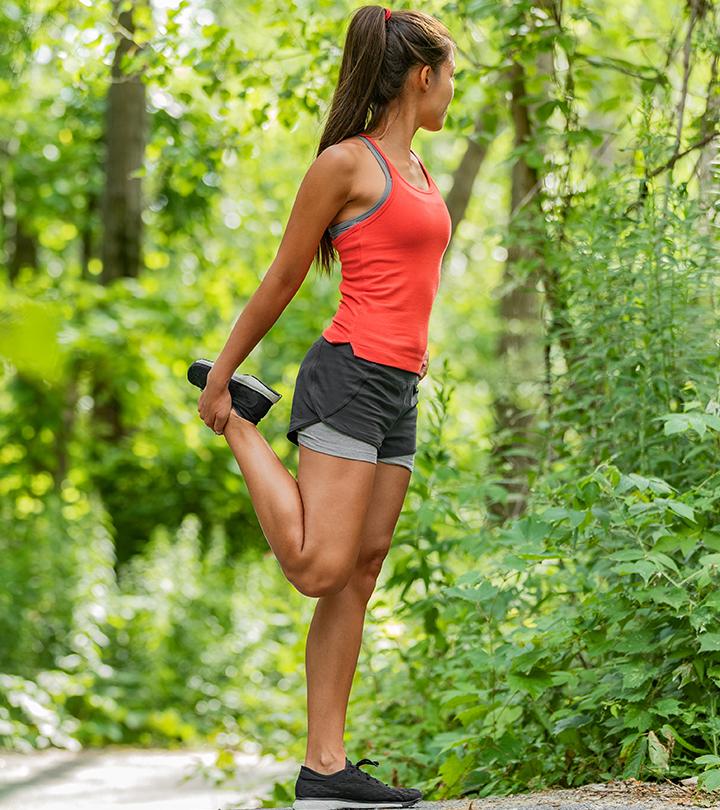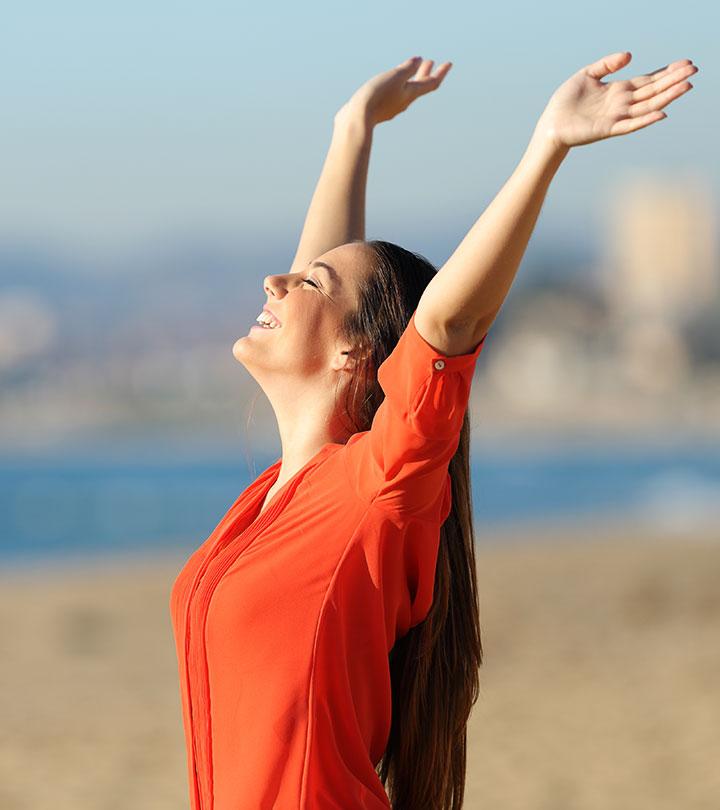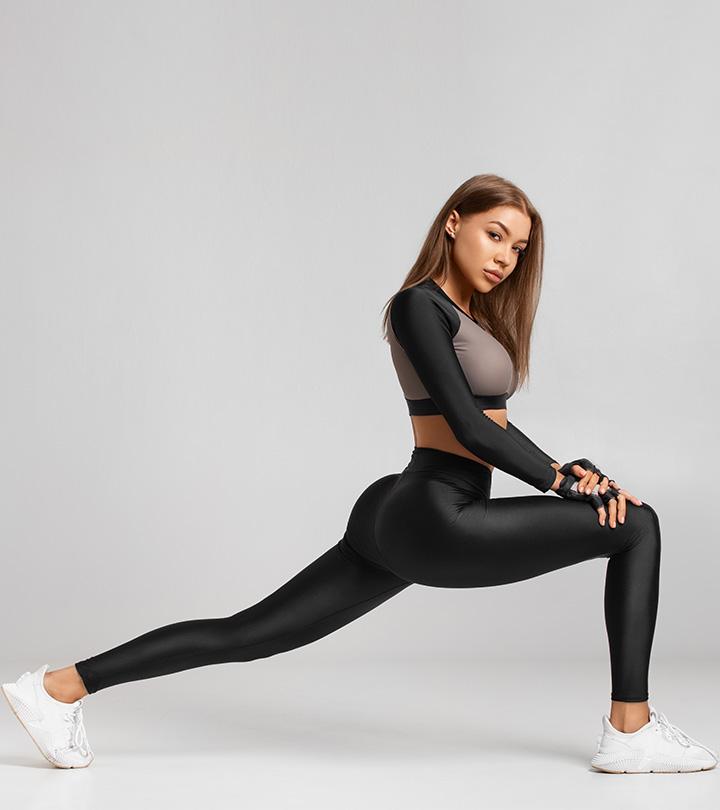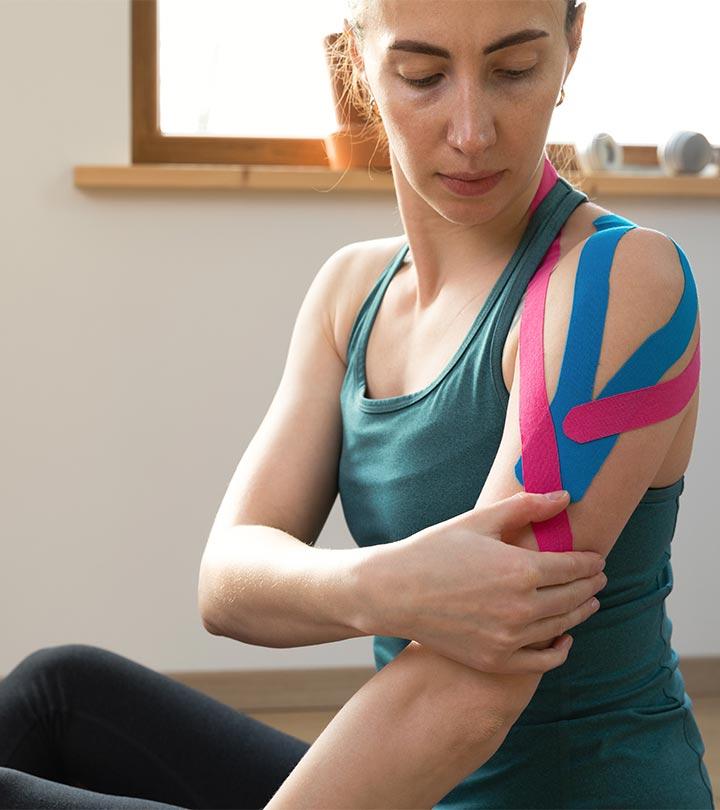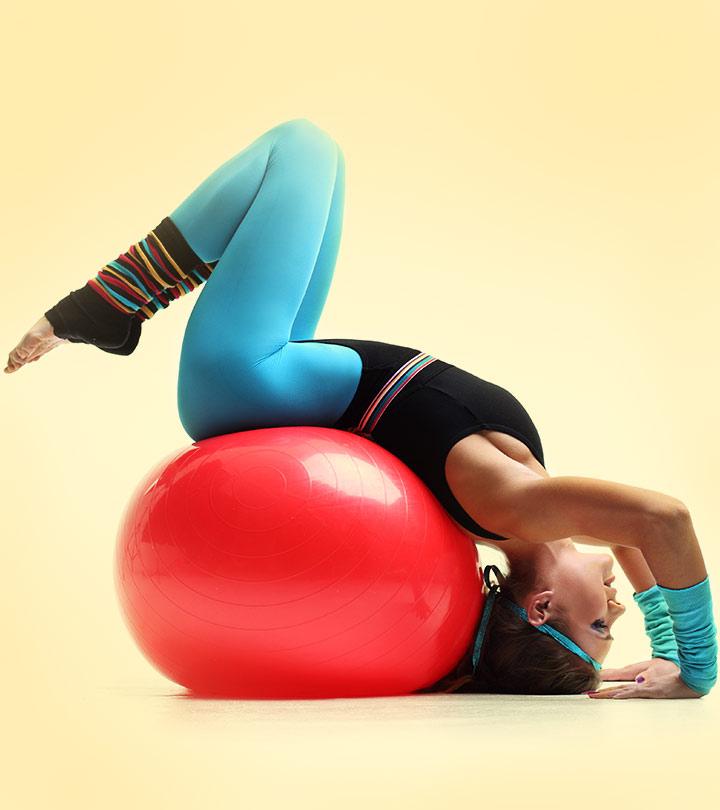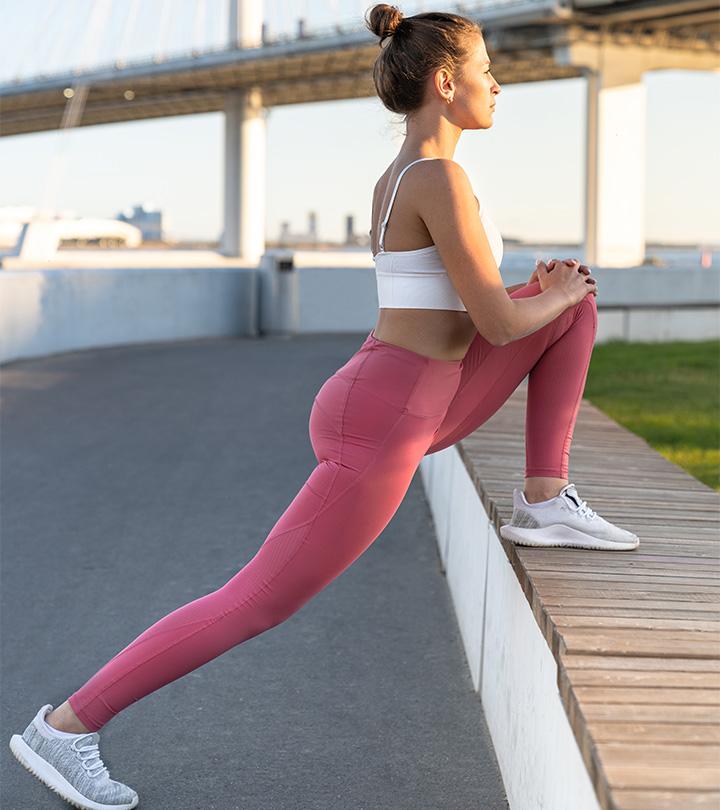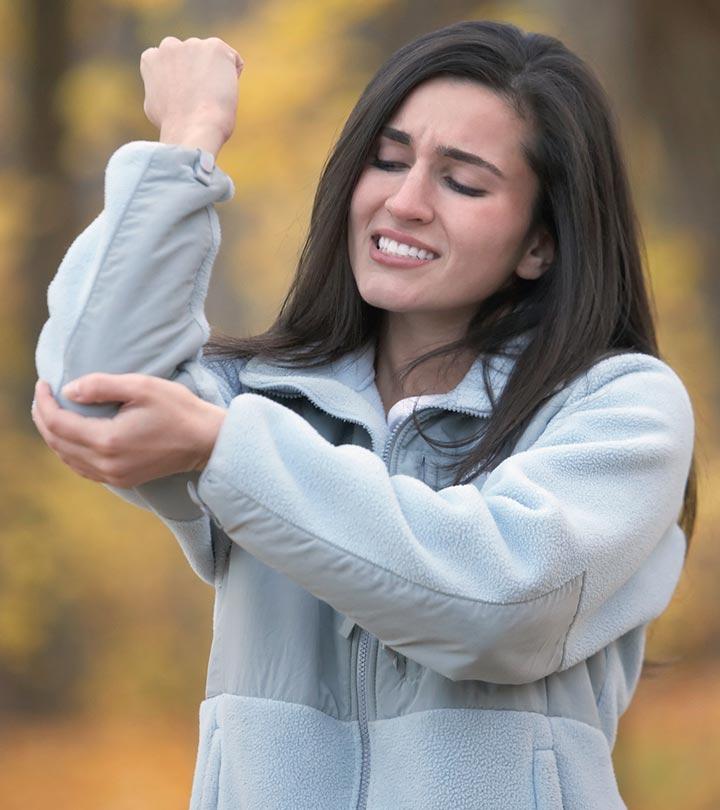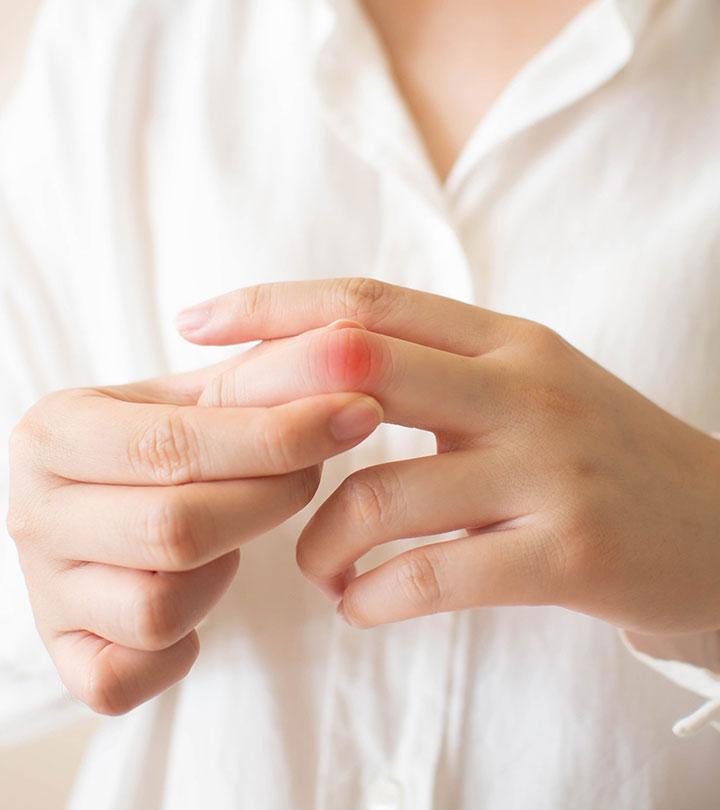11 Best And Effective Exercises For Stress And Anxiety
Ease your mind with breathing exercises and high-energy physical activities.
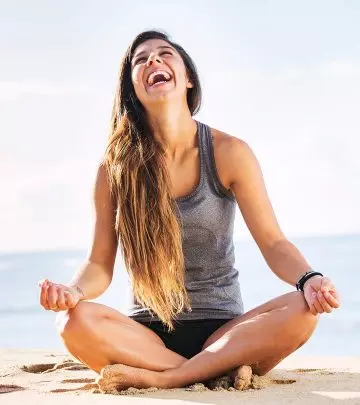
Image: Shutterstock
According to the Anxiety and Depression Association of America, many adults feel stress and anxiety daily (1). Doing exercises for stress and anxiety is a great way to let it all out (2). These exercises can help you recenter your mind and stay calm amidst all the chaos. The American Institute Of Stress suggests you need a peaceful mind now more than ever (3), (4).
Research shows that exercising secretes feel-good hormones and improves blood circulation (1). That is why you feel more energetic and good about yourself right after you exercise. Say goodbye to feeling tired all day and taking excess stress. Release your mental burden with these 11 most effective exercises for stress and anxiety. Do them regularly to start feeling better and leading a stress-free, peaceful life. Swipe up!
In This Article
How Exercises Help In Reducing Stress And Anxiety?
Exercising induces the secretion of endorphins (also known as natural painkillers) and reduces the level of the stress hormones (adrenaline and cortisol). This, in turn, induces sleep and reduces stress. The Harvard Medical School suggests regular aerobic exercise improves self-esteem, boosts confidence levels, and helps stabilize mood (1), (5).
Scientists have found that exercising reduces stress, which, in turn, reduces the possibility of central fat deposition, thereby reducing the incidences of cardiometabolic and emotional diseases (6).
According to a 2018 survey conducted by YouGov, involving 4,535 US adults, stress appears to have varied effects on weight. The results indicate that 20% of respondents reported losing weight during periods of stress, while 32% experienced weight gain. For 36% of participants, stress seemed to have no significant impact on their weight, and 12% were unsure. Therefore, these individuals can benefit by engaging in exercise as it not only reduces stress but can also aid in weight loss caused by stress.
 Did You Know?
Did You Know?So, when you are stressed out, exercising should be your number one priority. Yes, it will be difficult to get up and get going. But once you do it, you will get into a habit. Here are the 11 best exercises to do to reduce stress and anxiety. Take a look.
11 Best Exercises To Reduce Stress And Anxiety
Breathing Exercises To Relieve Stress
1. Belly Breathing
Belly breathing or diaphragm breathing is a popular technique to help reduce stress and anxiety. The diaphragm is a muscular sheet that separates the lungs from the stomach and other visceral organs. When you breathe, your diaphragm contracts and moves down. The lungs expand, creating negative air pressure, enabling you to take in air. When you exhale, your diaphragm relaxes and moves upward, and the lungs constrict, thereby expelling the air out.
Here’s how to do belly breathing:
- Lie down on a mat.
- Place one hand on your chest and the other on your lower rib cage.
- Breathe in slowly through your nose. Feel both your hands move up. Do not force the breathing.
- Exhale through the mouth with pursed lips. Feel your hands move down. Do not constrict your abdominal muscles forcibly.
2. One-Minute Breathing
A popular yoga technique, one-minute breathing is very effective when it comes to reducing stress and anxiety. Here’s how to do it:
- Sit straight on a chair.
- Join the tips of your index fingers and thumbs and place your hands on your thighs. Relax.
- Inhale slowly through your nose. Count 1-10.
- Exhale slowly through your nose. Count 1-10.
- Repeat.
Sasha, a mother of two grappling with stress, sought advice from her doctor, who provided a coping mechanism. Reflecting on this, she shares, “I was trying to meditate daily – even if that meant just doing the 2 min Fitbit breathing activity. I started walking every day for 30 minutes. I noticed I started to feel better (i).”
3. Alternate Nostril Breathing
This is also a popular yoga technique known as Nadi Shodhana Pranayama. It has been around for ages and is one of the best breathing exercises to reduce stress and anxiety. You must practice it every day. Here’s how to do it:
- Sit straight on a chair or on the floor with your legs folded.
- Place your left hand on your left knee.
- Place your right thumb on your right nostril and close it.
- Inhale slowly through your left nostril. Count 1-10.
- Hold your breath and close your left nostril with your right ring finger. Simultaneously, open your right nostril.
- Slowly breathe out with your right nostril. Count 1-10.
- Breathe in through your right nostril and breathe out through your left nostril.
4. Tai Chi
Based on the Yin and Yang philosophy, Tai Chi is a martial arts version of the Chinese exercise called Qigong, which means “life energy cultivation”. Tai chi is a form of moving meditation that can help improve your health by reducing stress and anxiety.
Traditionally used as a defense mechanism, Tai Chi is now popular as one of the most effective ways to relax and flush negative energy out of the body and mind. Join a Tai Chi class if you remotely like yoga or Pilates.
 Did You Know?
Did You Know?High-Energy Activities
5. Pilates
Pilates is an amalgamation of Western exercise and Eastern yoga therapy. It was created to help the injured soldiers of World War II recover faster. Today, it is one of the most sought after exercises that help strengthen the body, increase flexibility, and reduce anxiety and stress. Join a Pilates class and train with a trainer. You will soon start experiencing all the positive aspects of Pilates in your daily life.
6. Kickboxing
If venting out works helps you lower stress, kickboxing is a great exercise for that. Not only will you become a strategic fighter like Jet Lee, but you will also become more confident, swift, and proactive, and will not get stressed out or anxious quickly.
7. Running
Once a runner, always a runner. That’s because there’s no high like running high. Running regularly can definitely help you feel more relaxed and less anxious. Whenever you feel anxiety choking you up or stress taking a physical form, wear your running shoes and start running. Run on a treadmill or on a track.
8. Team Sports
Playing team sports like football, hockey, cricket, badminton, tennis, and basketball works like magic in reducing anxiety and stress. Running, striking, shouting, and sweating help lower the stress hormones and boost your metabolic rate and the levels of “feel good” hormones. Join a club today and start going for practices and matches. You will definitely see a difference.
9. Cycling
Be it biking, stationary biking, or mountain biking, cycling is a great way to reduce stress and anxiety. This cardio is great for your legs and glutes as well. If you are feeling stressed or anxious, just hop on your bicycle and pedal. You will feel relieved and calm.
10. Zumba
Zumba is an amazing way to burn 500 calories in 60 minutes. This dance form is an aerobic exercise (cardio) that gets your heart rate up, increases lung function, and induces sweat. Just 20 minutes into the session, and you will start to experience less stress and anxiety. You will also feel energized and rejuvenated.
11. Progressive Muscle Relaxation For Anxiety
Progressive Muscle Relaxation (PMR) is a technique that involves tensing and relaxing muscle groups one at a time in a specific pattern. It helps manage the physical effects of stress and anxiety. Start by sitting or lying down in a comfortable position. Then, inhale deeply through your nose for a few seconds, hold your breath, and then slowly release it through your mouth. Then, go on to your toes, curl them tightly for 5–10 seconds, and release them. Concentrate on the relaxing sensation as the tension leaves your body. Then, tense your calf muscles for a few seconds and let go. Then, tense and release your thighs, buttocks, belly, chest, arms, and face. You will feel relaxed and calm.
 Trivia
TriviaRegular exercise not only makes you physically fit but also improves your mental well-being. The above exercises for stress and anxiety reduction are solely meant to help you destress, unwind, and feel calm. Kickboxing, cycling, tai-chi, or the various types of breathing work exercises, just 20 minutes each day can bring in a significant change in your overall demeanor and improve your bandwidth to deal with the day’s triggers.
Frequently Asked Questions
What is the 3 3 3 rule for anxiety?
The 333 rule is a mindfulness technique that can help someone deal with an anxiety attack. As per this rule, you need to look around and name three things you see, three sounds you hear, and move three parts of your body to ground yourself and calm down.
Does walking help anxiety attacks?
Yes. Even a short walk of 30 minutes daily can help reduce anxiety attacks and lower heart rate.
When is the best time to exercise for mental health?
Morning exercises can relieve stress by increasing the oxygen flow to your brain and improving your mental health. Hence, morning is the best time to exercise for mental health.
How much does exercise help anxiety?
Doing 10 to 15 minutes of physical activity or 30 minutes or more of exercise per day for 3 to 5 days a week may help improve the symptoms associated with anxiety.
Is it good to exercise before bed?
Yes. Moderate-intensity workouts do not impact your sleep. Hence, avoid vigorous activities for at least one hour before bedtime.
Key Takeaways
- A good workout releases endorphins and improves circulation, reducing bouts of anxiety and stress.
- Regular aerobic exercise increases self-esteem, builds confidence, and stabilizes mood.
- Whether you choose yoga, pilates, or Zumba, they will increase your heart rate and lift your mood.
Yoga definitely helps those dealing with anxiety and stress. The video below offers guided practices and effective poses and techniques to improve your mental health, promoting a calm and centered mind. Click here to learn more!
Personal Experience: Source
StyleCraze's articles are interwoven with authentic personal narratives that provide depth and resonance to our content. Below are the sources of the personal accounts referenced in this article.
(i) My Anxiety is Out of Controlhttps://ctworkingmoms.com/2018/11/20/my-anxiety-is-out-of-control/
References
Articles on StyleCraze are backed by verified information from peer-reviewed and academic research papers, reputed organizations, research institutions, and medical associations to ensure accuracy and relevance. Read our editorial policy to learn more.
- “Physical Activity Reduces Stress” Anxiety And Depression Association of America.
https://adaa.org/understanding-anxiety/related-illnesses/other-related-conditions/stress/physical-activity-reduces-st - “Exercise is an effective stress-buster” Harvard Health Publishing Harvard Medical School.
https://www.health.harvard.edu/mind-and-mood/exercise-is-an-effective-stress-buster - “What is Stress?” The American Institute of Stress.
https://www.stress.org/daily-life - “The impact of stress on body function: A review” EXCLI Journal US National Library of Medicine.
https://www.ncbi.nlm.nih.gov/pmc/articles/PMC5579396/ - “Exercising to relax” Harvard Health Publishing Harvard Medical School.
https://www.health.harvard.edu/staying-healthy/exercising-to-relax - “The protective role of exercise on stress system dysregulation and comorbidities.” Annals of the New York Academy of Sciences.
https://www.ncbi.nlm.nih.gov/pubmed/17148741








